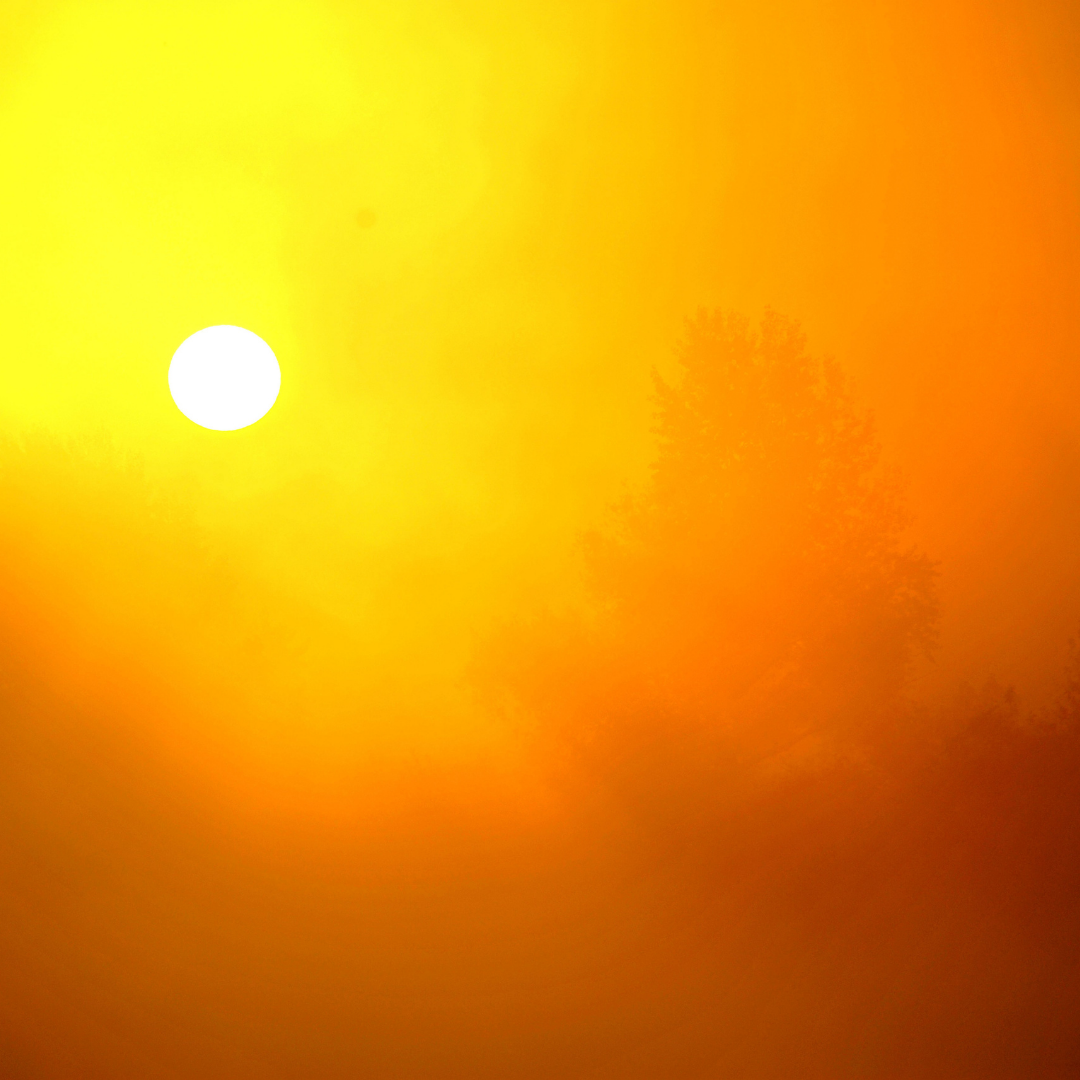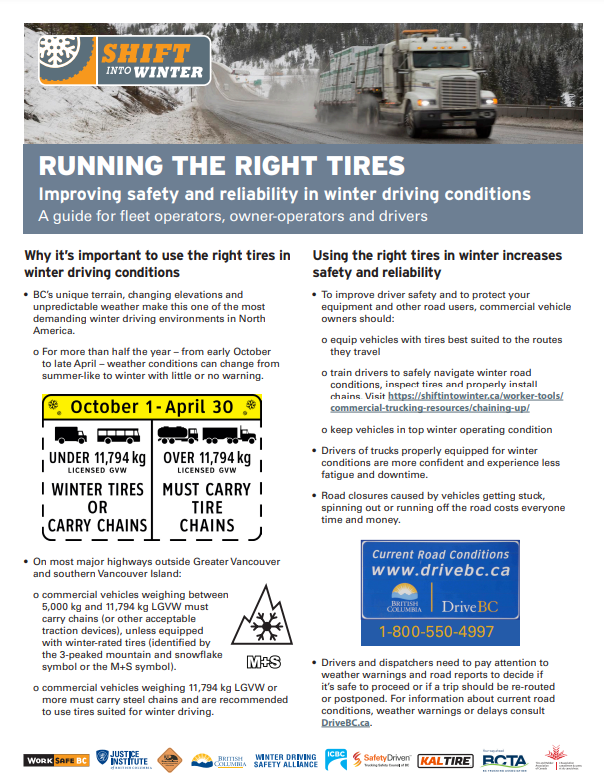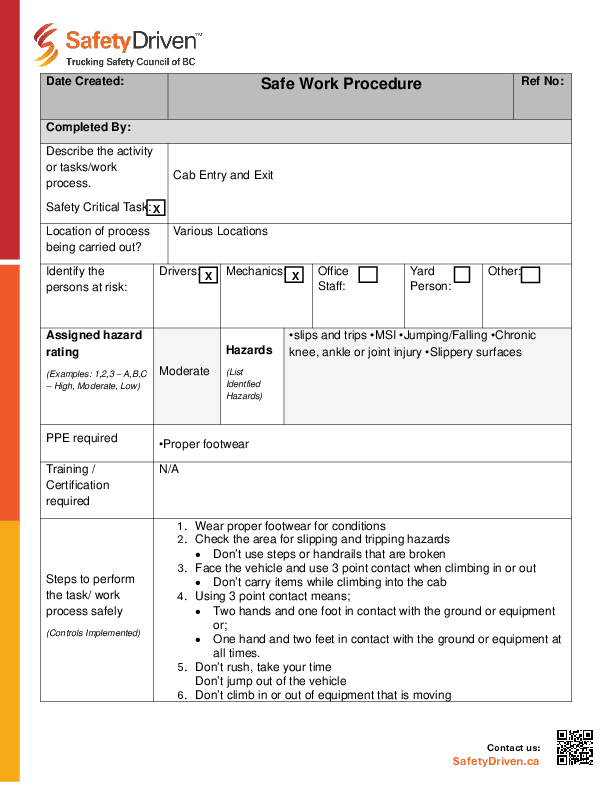
Driving in Summer’s Glare
Enjoy the summer sun with some common sense. And watch out for smoke and fog, too.
Sun
There is nothing like hitting the road under a bright blue sky on a summer day! The sun is a welcome sight after the grey skies of winter but it does present some hazards, even on overcast days. Sun glare can make it hard to see and is at its worst an hour after sunrise and before sunset. When sun glare compromises your vision, it can cause selective perception. You may not see what is there because you see only what you expect to see. Pedestrians and cyclists get lost in the glare when you expect to see vehicles.
• Invest in good polarized sunglasses that also block UVA and UVB rays. Polarized glasses block glare, but that doesn’t mean they offer ultraviolet protection. Look for UV 400 protection. And use your sun visor to block the sun as it climbs during the day.
• Keep your windshield in good condition. Dirt, cracks, and rock chips in the centre of your field of view will impair your vision. A chip or crack can also be an annoying distraction, no matter how hard you try not to focus on it.
• Drive safely, sticking to the speed limit and staying at least 10 seconds away from other vehicles on the highway. Give yourself a little extra space to react if the sun is getting in your eyes. If it’s extremely bright, especially if your eyes are feeling tired, don’t be afraid to take a rest break.
Fog
In addition to the bright shiny sun, summer can bring fog. In fact, summer is the foggiest time of year along the Pacific coast, where advection fog is the most common type. It forms when warm, moist air moves over a cooler surface, which cools the air to the dewpoint and causes condensation. Along the coast, where the ocean is cooler than the land, fog is a hazard. If you’re on a coastal road early in the morning, advection fog may affect your vision. If you’re in the mountains, upslope fog can be a problem. It forms when moist air rises up the terrain and condenses into clouds.
• Remember that fog means wet surfaces on the road and your vehicle. Reduce your speed, drive as cautiously as you would on slippery roads, and use your windshield wipers.
• Don’t overdrive your headlights; make sure you can stop inside the area lit up by your headlights. Use your low-beam headlights or fog lights and turn on your exterior lights, including tail lights if daytime running lights don’t engage them.
• Avoid stopping on the road. Pull completely off to the side when it’s safe to do so and turn on your hazard lights. If your vehicle is disabled, place flares around your vehicle.
• Increase your following distance in both fog and smoke; you never know when you’ll come upon motorists who haven’t made themselves visible.
• Never pass in fog or smoke.
Smoke
Summer is wildfire season. That means reduced air quality and limited visibility on the roads, even when you’re very far from the fire. Driving through smoke has similar challenges to driving through fog, with the addition of health hazards.
• Stay aware. Before you head out, check out the road conditions, especially road construction zones, and the Air Health Quality Health Index. Avoid driving through smoke if you can.
• Like fog, smoke can reflect high-beam headlights, so use your low-beam headlights or fog lights.
• Reduce your speed and drive cautiously. Stay aware of your own reduced visibility and that there may be vehicles stopped on the road.
• Leave your windows up and use the air recirculation feature in your climate controls.
Latest Resources
Running the Right Tires
Road Safety at WorkUse this guide for fleet operators, owner-operators, and drivers to help improve safe ...
Safe Work Procedure: Cab Entry & Exit
An Employer can make use of a safe work procedure (SWP) by training new and existing ...

